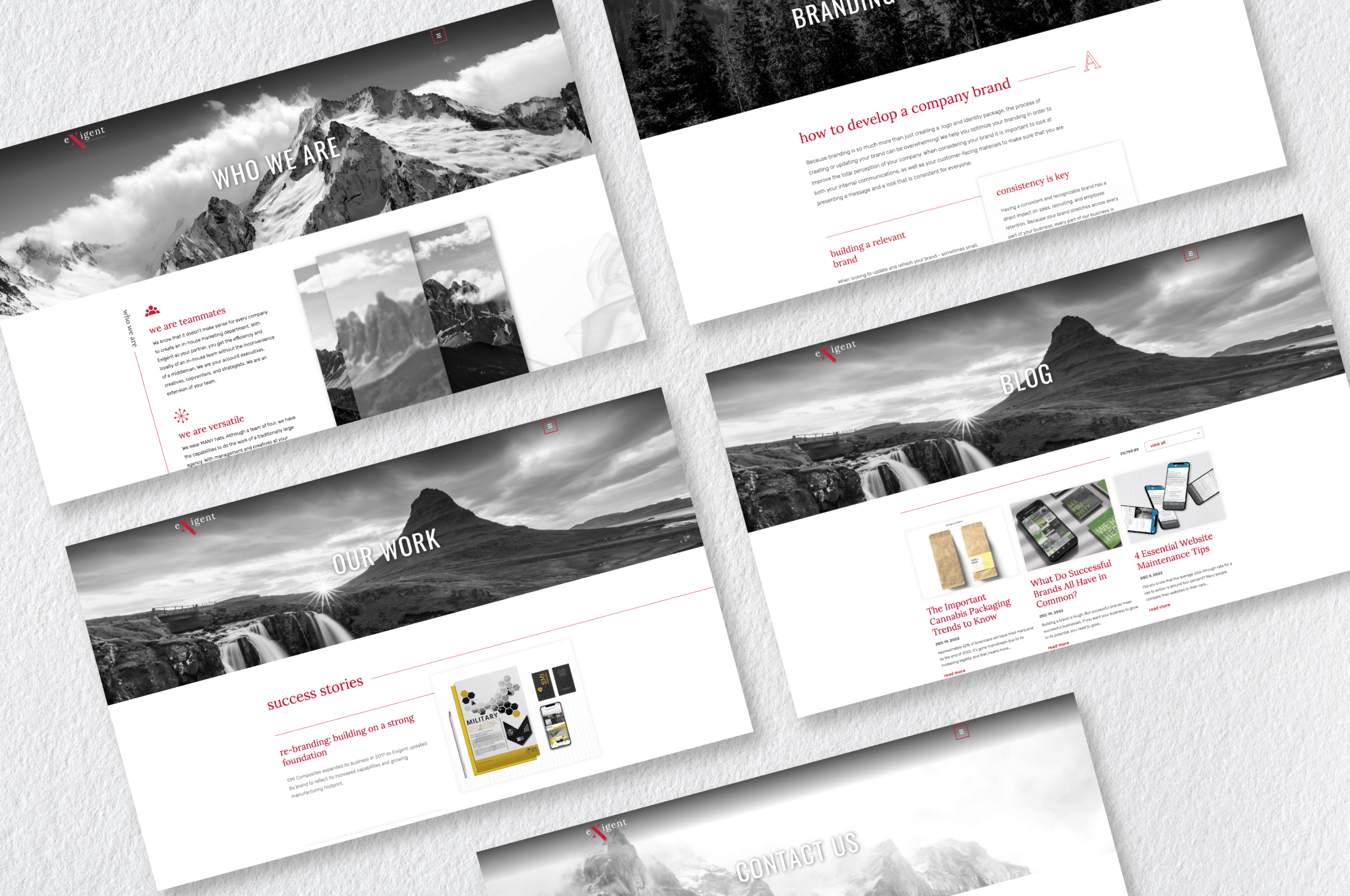The Most Important Thing on a Website: Understanding the Fundamentals
Websites, which are part of the huge terrain that is the internet, function as digital stores, virtual offices, and interactive platforms that connect individuals and businesses all over the world. There are a number of essential elements that determine the effectiveness of your online presence, regardless of whether you are the proprietor of a small business, a blogger, or a multinational enterprise. The topic of what is the most essential component of a website is frequently asked, despite the fact that there are a multitude of design components and functionalities to choose from.

The Significance of User Experience (UX)
An uncompromising dedication to delivering an amazing user experience (also known as UX) is the driving force behind every well-known and successful website. Easy navigation, accessibility, loading speed, and general pleasure are all components that are included in the user experience, which involves a variety of characteristics of the interaction that takes place between visitors and the website.
Navigation: The Gateway to User Engagement
An efficient navigation system acts as a road map for users, directing them in a seamless manner across the information and offerings of the website. Facilitating effortless exploration, lowering bounce rates, and encouraging sustained engagement are all outcomes that may be achieved through the use of clear navigation menus, intuitive layouts, and strategically positioned calls-to-action (CTAs).
Accessibility: Inclusive Design for All
Accessibility ensures that people of all abilities are able to perceive, comprehend, navigate, and engage with a website in an efficient manner. Not only can the incorporation of features like alt text for images, keyboard navigation, and semantic HTML markup improve usability, but it also acts as a demonstration of a dedication to diversity and inclusivity.
Page Loading Speed: The Need for Speed
Instant gratification is something that people at today’s fast-paced digital scene anticipate receiving. Not only does a website that is slow cause visitors to become frustrated, but it also has a negative impact on the ranks of search engines. The optimization of pictures, the utilization of browser caching, and the reduction of HTTP requests are just a few of the tactics that can be utilized to improve the speed at which pages load and to keep users who are impatient.
Content: The Backbone of Engagement
Each and every successful website is built on a foundation of compelling content, which serves as the primary means of communication with site visitors and potential clients. A high-quality content strategy develops credibility, cultivates trust, and generates conversions. This strategy may be applied to everything from entertaining multimedia presentations to instructive blog articles.
Informative and Engaging Copywriting
A well-crafted piece of copywriting not only conveys the message of the brand, but it also strikes a deeper chord with the audience that is being specifically targeted. Readers are captivated and encouraged to take the appropriate actions when they read captivating content because it addresses problem issues, provides solutions, and conveys the unique value proposition of the brand.
Visual Media: A Picture Paints a Thousand Words

The incorporation of visually appealing photos, videos, and graphics into a website not only improves the aesthetic appeal of the website but also improves its ability to transmit information in a manner that is both brief and engaging. Multimedia material, which can range from product demos to testimonials from satisfied customers, gives visitors the opportunity to engage their senses and leaves an impression that stays with them.
Search Engine Optimization (SEO): Visibility in the Digital Landscape
Increasing the likelihood of drawing organic traffic and reaching a larger audience can be accomplished by optimizing material for search engines with that content. Website owners have the ability to boost their search engine ranks and establish themselves as authorities within their area by undertaking keyword research, tweaking meta tags, and producing backlinks of a high quality.
Responsive Design: Adapting to the Multiscreen Era
In light of the expansion of internet-enabled devices such as smartphones, tablets, and other electronic gadgets, it is of the utmost importance to ensure compatibility across a wide range of screen sizes and resolutions. By enabling websites to dynamically adjust themselves to the device being used by the user, responsive design makes it possible to provide the best possible viewing experience while also removing the requirement for separate mobile versions.
Mobile-Friendly Navigation and Layout
Navigation menus that are compatible with mobile devices, sections that can be collapsed, and forms that are streamlined all work together to streamline the user experience on smaller screens, ensuring that interaction is consistent regardless of the device. The adoption of responsive design not only improves usability but also indicates a commitment to catering to the ever-changing requirements of mobile consumers.
Performance Optimization for Mobile Devices
The process of optimizing the performance of a website for mobile devices comprises reducing the amount of files, making use of browser caching, and giving priority to material that is critically important in order to speed up loading times on slower networks. Website owners have the ability to cater to the expanding population of mobile visitors and capitalize on prospects for engagement if they prioritize mobile SEO.

Security: Safeguarding User Trust and Confidentiality
It is non-negotiable to place a high priority on website security in this day and age, which is plagued by cyber threats and data breaches. For the purpose of preserving a positive online reputation, it is of the utmost importance to protect the trust and confidentiality of users. This can be accomplished by encrypting critical information and putting in place robust authentication measures.
SSL Encryption and Secure Data Transmission
The implementation of SSL (Secure Sockets Layer) encryption guarantees that the data that is communicated between the user’s browser and the website is safeguarded against unauthorized access and is kept confidential. To create confidence in visitors and to demonstrate a dedication to protecting their privacy, displaying a padlock icon and employing the HTTPS protocol are both effective strategies.
Regular Software Updates and Security Patches
The software, plugins, and frameworks of a website should be updated on a regular basis in order to lessen the danger of vulnerabilities and the likelihood that hostile actors would successfully exploit them. Website owners have the ability to protect user data and maintain the integrity of their online presence if they remain watchful and swiftly resolve any security flaws that may arise or be discovered.
Conclusion: The Harmonious Integration of Essential Elements
When it comes to the ever-changing world of website design, determining which component is the most crucial is analogous to solving a puzzle with many different pieces. However, despite the fact that user experience, content, responsive design, and security each play a significant part, the integration of all of these factors is absolutely necessary in order to achieve sustainable success in the digital landscape. Website owners are able to build online experiences that are immersive, engaging, and secure by giving these core features a high priority and continuously aiming for improvement. These experiences will resonate with their audience and deliver tangible results.





